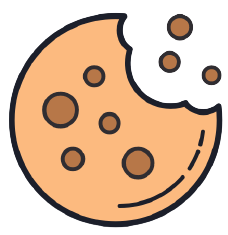Fasting, personalized nutrition, regular exercise.
Longevity is the new holy grail. Naturally, therefore the market offers magic diets exercises, promising a sure-shot path to healthy nineties — and beyond. Thing is, the science of longevity is still largely a mystery of Outlive: The Science & Art of Longevity and breaks it all down helpfully. Turns out we intuitively know some of the hows, but we don’t quite get the whys.
The problem, is with the approach of current medicine described as Medicine 2.0 — that has become very adept at staving off death by months or years, by not prolonging lifespan or health span. This is because modern medicine intervenes too late — when disease has already taken root. What’s needed, per the book is Medicine 3.0, which identifies markers of disease based on a person’s unique genetic and medical history, and intervenes way before actual disease sets in. This approach has the potential to change the last bits of most people’s lives — 70s or 80s — into productive disease-free years or even bestow us with a bonus decade that could see us make it to healthy nineties.
What’s needed though is a system-wide reorientation. Greater medical focus on prevention. And tweaking health insurance so that it covers preventive treatments. Sounds a lot. But the effort is well worth it. It addresses the Four Horsemen of bad health — heart disease, cancer, neurodegenerative disease, and Type 2 diabetes and related metabolic dysfunction. Understanding how to keep them at bay is key.
One possible longevity gene that has emerged in multiple studies of centenarians is FOXO3 and its variants. The gene actually regulates other genes that maintain cellular health. And guess what! FOXO3 tends to be more active when we are slightly deprived of nutrients or when we are exercising.
Similarly, rapamycin, the miracle molecule was discovered on remote Easter Island but is now a mainstay of transplant medicine, works on the intracellular protein complex called mTOR, which plays a key role in longevity at the cellular level. When food is plentiful, mTOR is active and cells go into growth mode. When food is scarce, mTOR is suppressed and cells go into recycling or cleaning mode, making them more resilient. This bit of science on cellular mechanisms supports the logic of fasting to promote health.
Exercise is the most powerful longevity drug. But it’s not about strength training vs cardio, Instead, think about the 10 physical activities you want to be doing in your eighth or ninth decade and work back to determine how much fitness you should have now. To lift a 20 kg suitcase overhead when you are older means being able to lift a 40 kg suitcase now. Exercise can reverse both physical and cognitive decline. And almost any kind of exercise is better than none at all. High aerobic fitness and strength are linked to longer lifespan. The more aerobically fit you are, the more your body will be able to use oxygen to generate ATP — the chemical that power our cells.
Warns against a dogmatic approach to diet and wants the term replaced with nutritional biochemistry. Each of us reacts to food molecules in a different way. So the same diet can produce different results. Hence, nutrition has to be highly personalized and pegged to our own unique health parameters. Decode yourself, eat right, do the brisk daily walk — live long.





